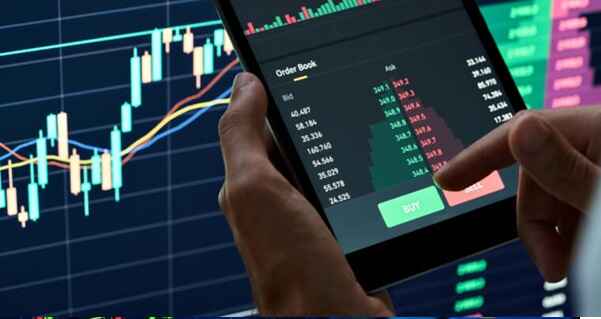A Margin Trading Facility (MTF) allows traders and investors to buy stocks by making only a small part of the payment immediately. The other amount is funded by the broker, while the investor maintains a cash or approved security margin. That way, market participants can take bigger positions than the capital they have on hand would allow.
The MTF could help in the implementation of certain other trading or investment strategies, but the use of the MTFs adds an element of risk.
What is MTF in Trading?

Investors can buy shares by paying only a partial amount upfront as covered under Margin Trading Facility (MTF). For instance, an investor can buy ₹2,00,000 worth of shares but has only ₹50,000 when using MTF to buy the securities and fund the rest through leverage.
Why Risk Management is Crucial in MTF
On the upside, leverage magnifies your profits; on the downside, it amplifies your losses. Without risk management, a trader can find himself in a situation where he has to bear more losses than his comfort zone. Some common risks that come with MTF are as follows:
Market volatility: A sudden fall in stock prices can eat into the margin very fast.
Interest costs: The funds borrowed will attract interest and increase the holding cost of shares bought on MTF.
Margin calls: A trader will be expected to top up margin if the value of the pledged securities falls.
To manage these factors effectively, an MTF calculator becomes quite handy.
What Is an MTF Calculator?
An MTF calculator is an online application for traders to be able to estimate margin requirements, buying power, and the interest cost for a given MTF position prior to entering into one. Entering details such as stock price, margin percentage, and amount of investment will enable the calculator to provide an estimate as to:
How much margin is required
The total buying power available
The interest payable on the funded amount
The holding period cost
In turn, this puts the trader in an informed position to decide on whether he wants to undertake margin trading for a particular transaction.
How to Use the MTF Calculator
Using an MTF calculator is pretty easy. Let’s discuss how to do it, step by step:
Enter the stock price: Enter the present price of the shares you are about to purchase.
Enter the quantity: Enter the number of shares you want to buy.
Check the margin requirement: You can see how much initial margin you will need to offer on the calculator.
Review the funded amount: It shows under MTF the amount financed by the broker.
Estimate interest cost: Based on the holding period and the amount funded, the calculator gives an approximation of interest payable.
The investors can test various values to know whether the planned trade is affordable and what risks it carries.
Benefits of Using the MTF Calculator
Although MTFs provide a plethora of opportunities, the costs and risks involved should not be disregarded. The MTF calculator is useful in the following ways:
Transparency: The traders know the exact funding requirement and interest cost.
Planning: It allows investors to do planning on how much margin they will be required to maintain for specific trades.
Comparison: Trade scenarios can be set up against one another to pin down a suitable opportunity.
Discipline: Understanding the costs beforehand gives traders the discipline needed to refrain from excessive positions.
Managing Risk Strategies in MTFs
Proper usage of MTF demands risk discipline and strategic planning. Certain strategies for managing risk include:
Limit exposure: Don’t ever use maximum leverage available! Stay within a comfortable margin level for one.
Set stop-loss orders: This reduces losses against adverse price movements.
Check interest costs: The longer you hold, the more the interest costs! Track how viable the trade still is.
Get informed: Always keep a pulse on the market and the value of your pledged securities.
The MTF calculator will help implement all the above strategies by providing clarity on costs and requirements.
Conclusion
MTF in trading is a financing option that enables traders to amplify their buying power by paying only a part of transaction value upfront. However, the other side of this equation is that it must be seen as a highly risky instrument that can result in losses due to leverage, interest costs, and margin calls.


